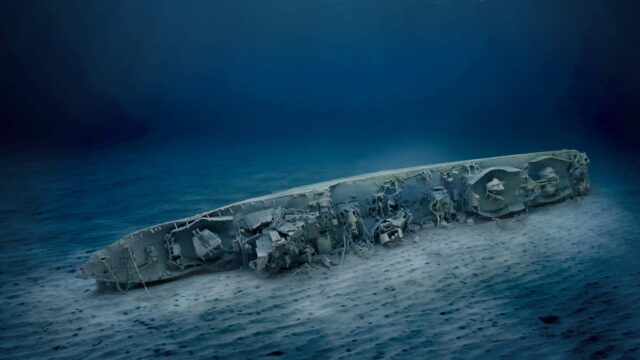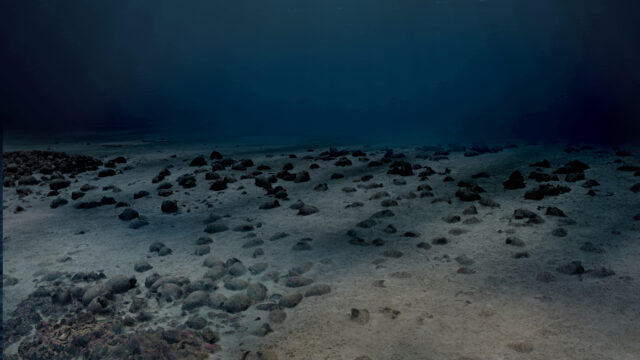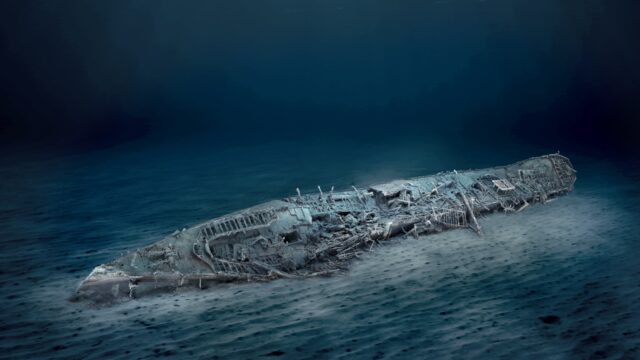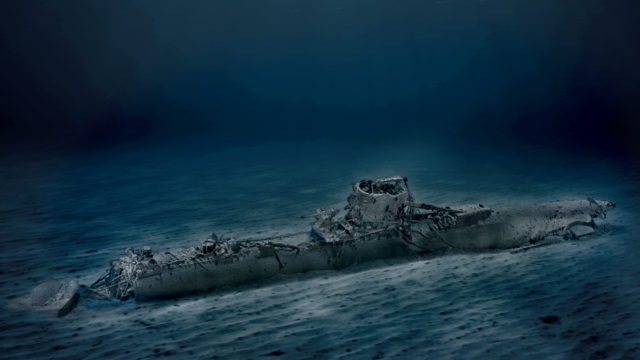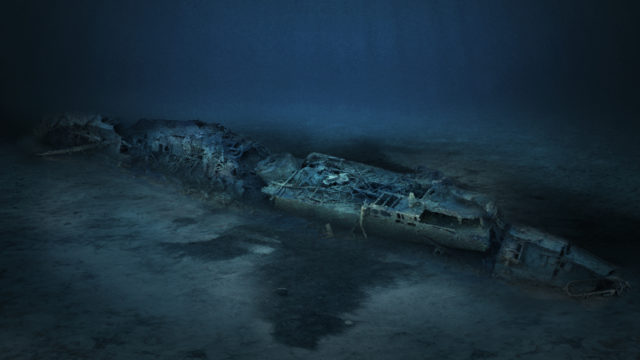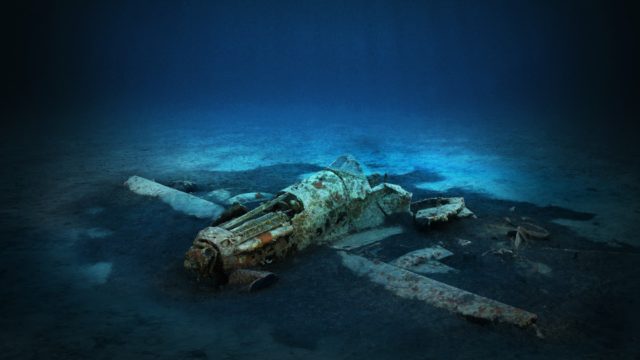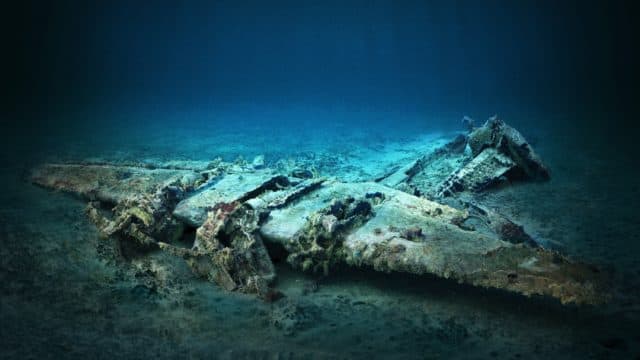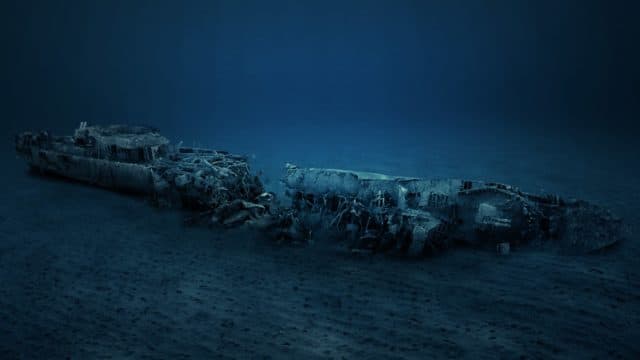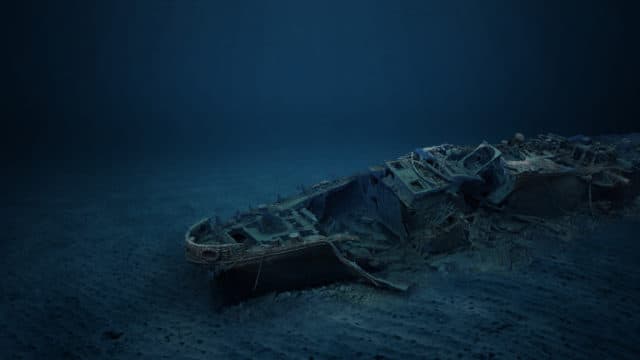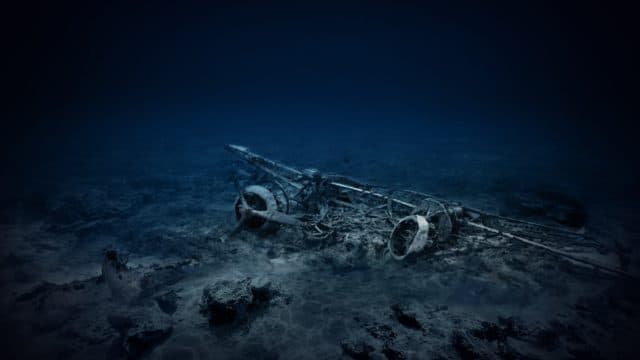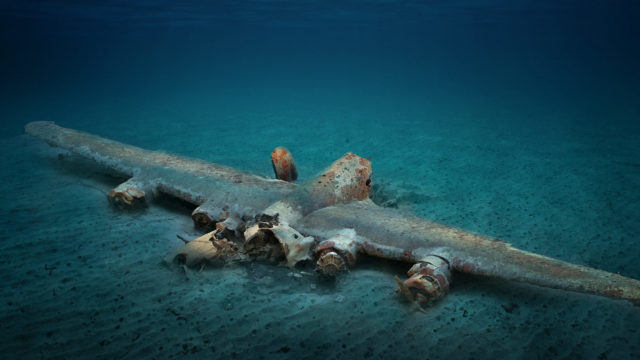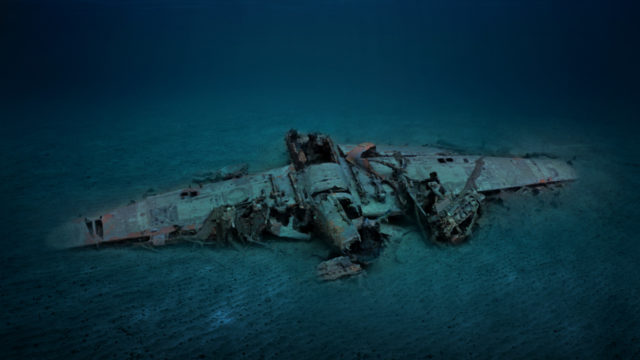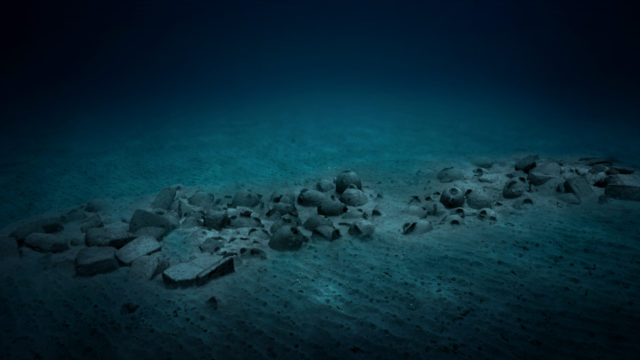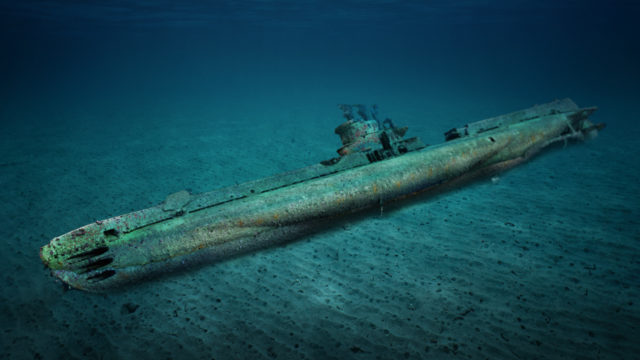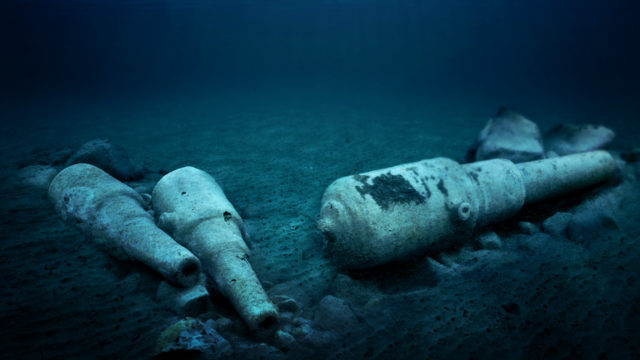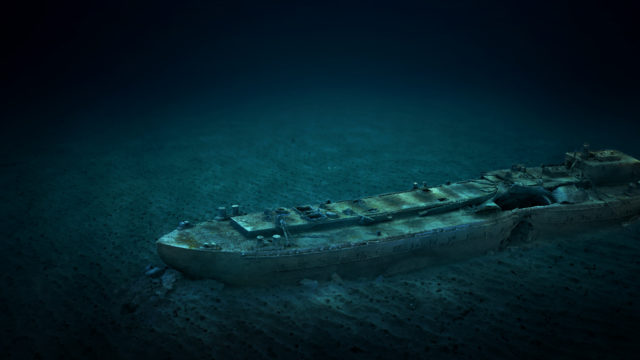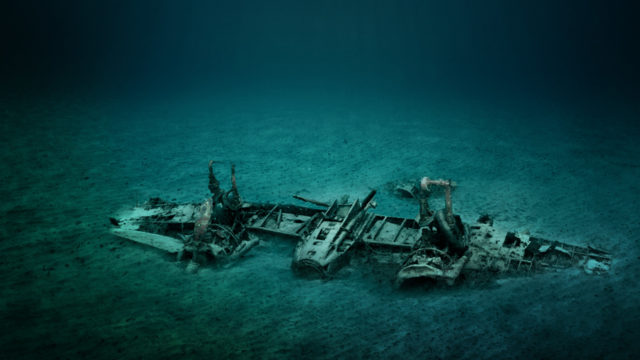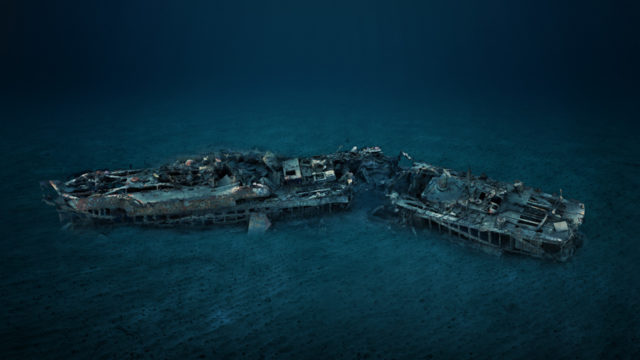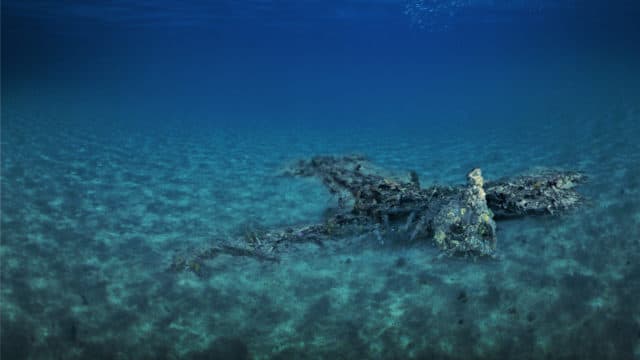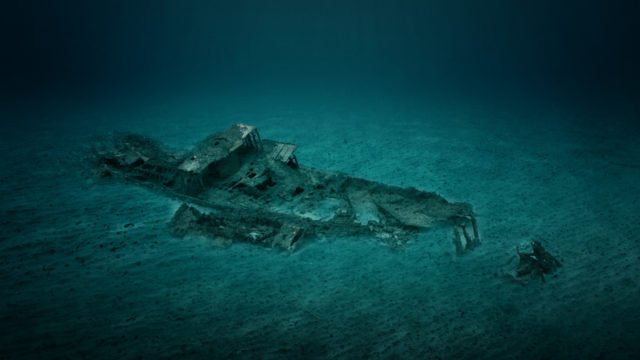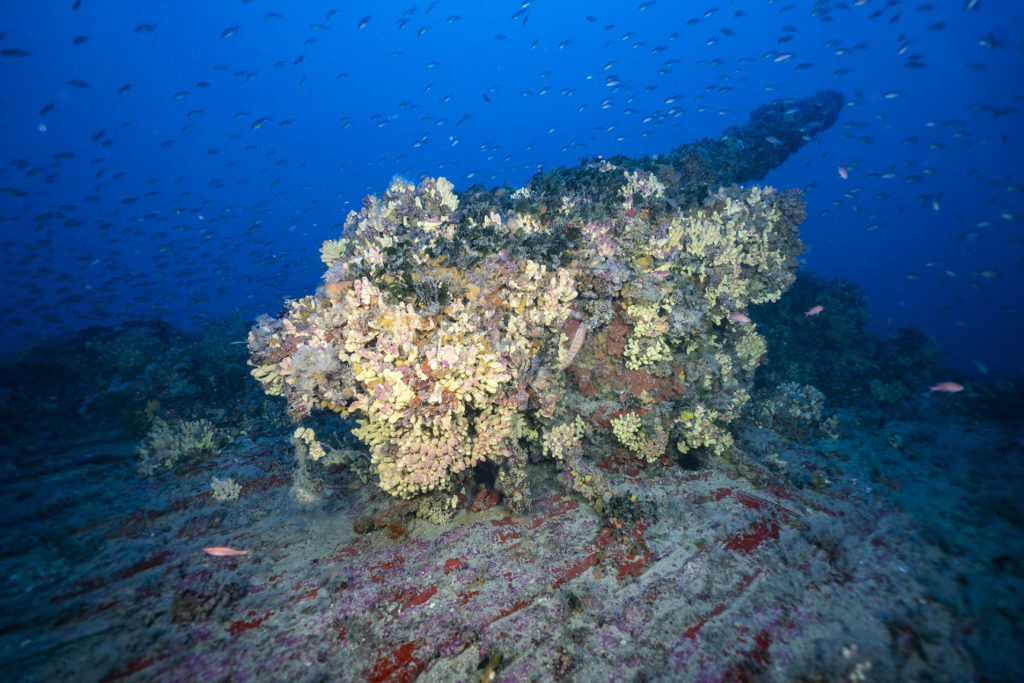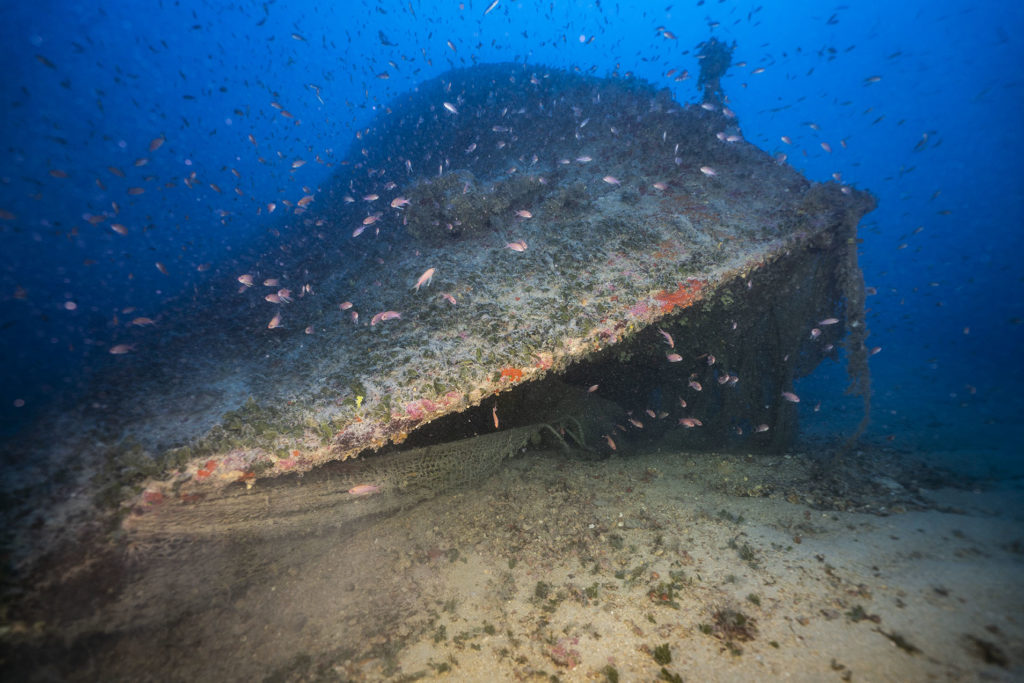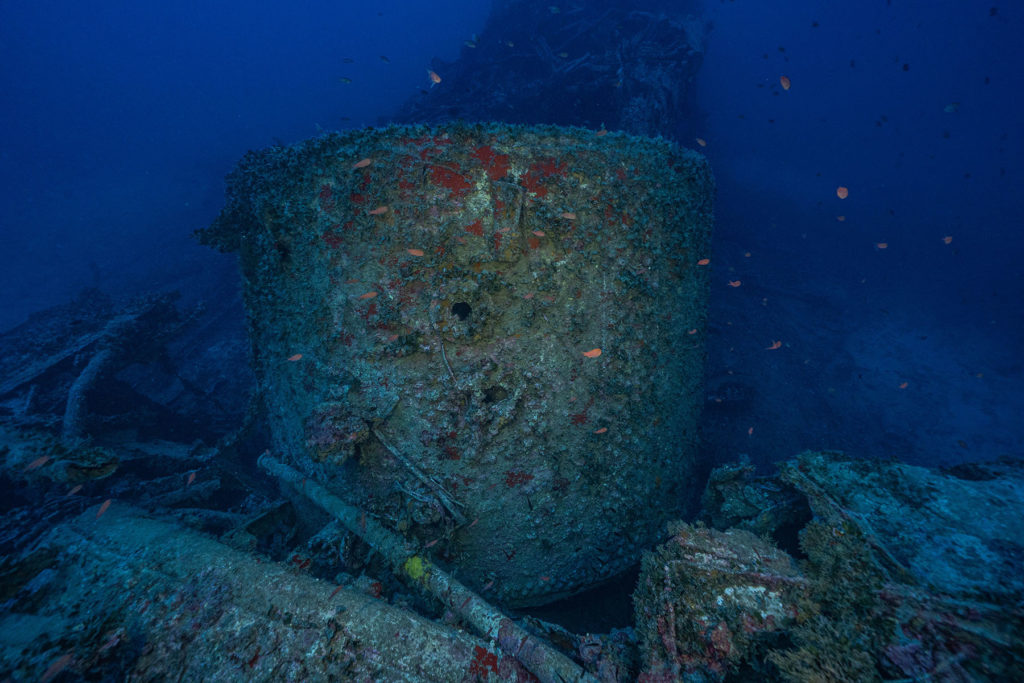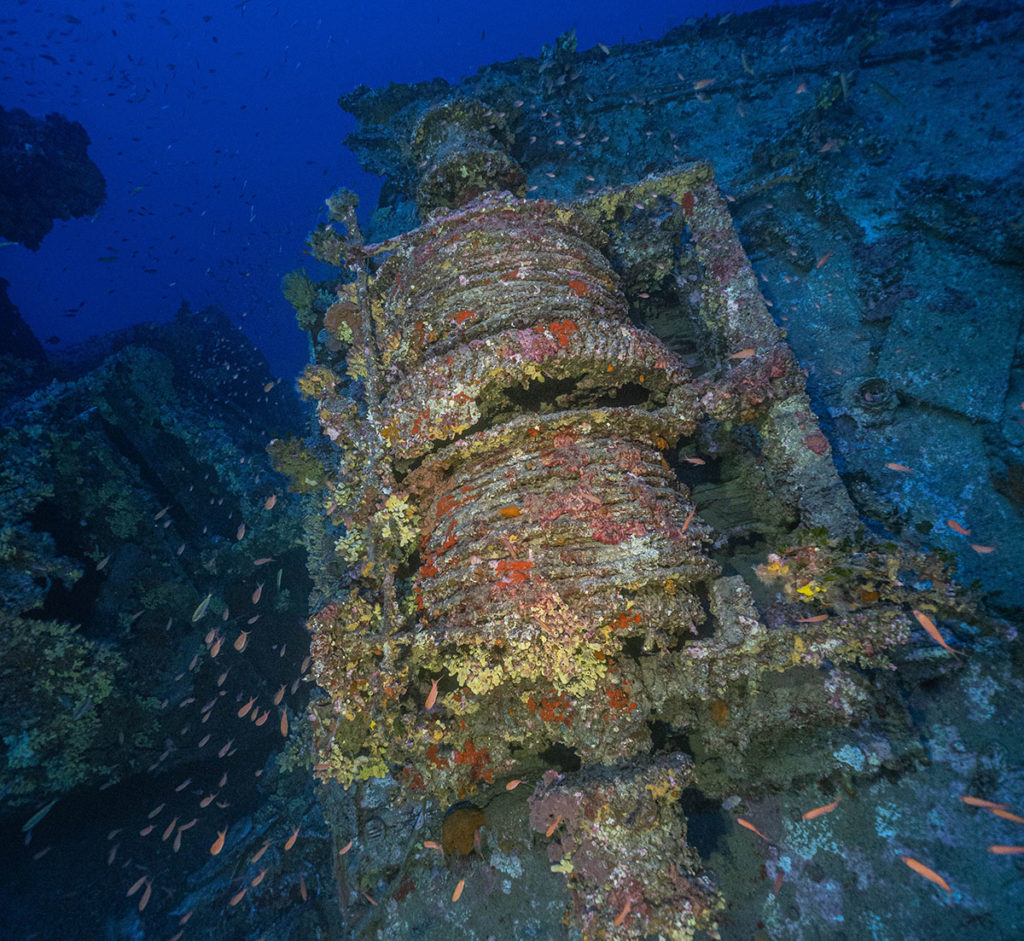HMS Nasturtium
HMS Nasturtium
The First World War brought with it the need for a series of vessels that were purpose-built to counter the growing threat of submarines and underwater mines. The Flower-class sloops were designed and constructed as minesweeping vessels, and HMS Nasturtium formed part of the third and largest sub-group, the Arabis-class.
HMS Nasturtium was one of 36 Arabis-class sloops, built by A. MacMillan & Sons of Dumbarton, Scotland. The sloop was launched in December 1915 and was based in Malta, seeing little active service. On 24 April 1916, HMS Nasturtium left Malta but was ordered to return immediately to search for submarines and mines, laid by the German submarine U-73. In the evening of 27 April, HMS Nasturtium was located approximately 10km off the coast of Valletta, steaming at 10 knots, when she struck a mine. The mine exploded below the waterline on the starboard side next to the foremost funnel. Both boiler rooms flooded and a significant amount of coal was forced out of the hole caused by the explosion. This caused the sloop to list to port, and it was this excessive list that caused the ship to slowly flood. Later reports by the commanding officer reveal that all the bulkheads and portholes held well. Several attempts were made to tow the minesweeper to safety, ultimately, however, the crew had to be evacuated and HMS Nasturtium sunk in the early morning hours of 28 April 1916. The same minefield caused the sinking of HMS Russell the previous day, and HMY Aegusa on the same day as she attempted to aid HMS Nasturtium.
 Protected Marine Life
Protected Marine Life The Wreck.
Today, HMS Nasturtium lies approximately 10km outside the Grand Harbour at a depth of 67 metres. First discovered by fishermen, HMS Nasturtium lies upright on the seabed and is well-preserved but for some damage to her stern. Armaments and other nautical elements such as portholes and navigational instruments are still visible. The wooden elements of the deck have since deteriorated due to shipworm, and the site is now heavily colonised with sponges and other marine life.


